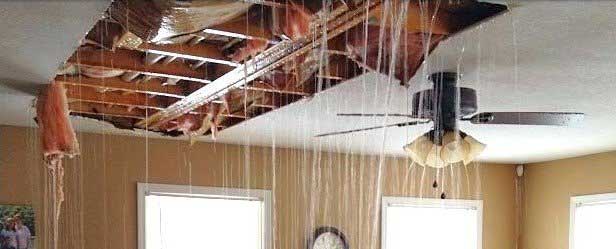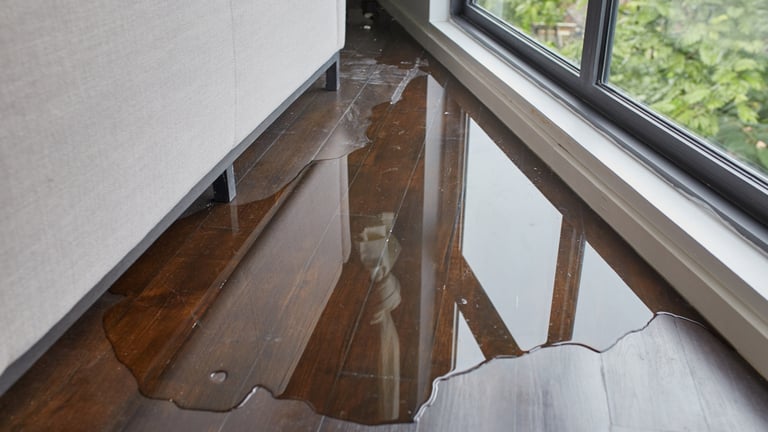We've unearthed this post about Fire And Water Damage Prevention below on the internet and decided it made good sense to share it with you in this article.

Though water offers life, water invasion on components where it's not expected to be can cause damages. If the water soaks into your structure, it can peel off away surfaces as well as deteriorate the foundation. Mold as well as mold likewise flourish in a wet environment, which can be dangerous for your health. Homes with water damages odor mildewy and also old.
Water can come from numerous resources such as tropical storms, floods, burst pipes, leaks, and sewer problems. In case you experience water damage, it would be good to know some safety preventative measures. Below are a couple of standards on just how to take care of water damage.
Do Prioritize Home Insurance Insurance Coverage
Water damages from flood dues to hefty winds is seasonal. You can additionally experience an unexpected flooding when a defective pipeline all of a sudden breaks into your residence. It would be best to have house insurance policy that covers both acts of God such as all-natural disasters, and also emergencies like broken plumbing.
Do Not Neglect to Shut Off Energies
In case of a disaster, particularly if you stay in a flood-prone area, it would be a good idea to switch off the main electric circuit. This removes power to your entire residence, preventing electrical shocks when water comes in as it is a conductor. Don't neglect to transform off the primary water line valve. When floodwaters are high, furnishings will certainly move as well as cause damages. Having the major shutoff turned off prevents more damages.
Do Remain Proactive as well as Heed Weather Condition Informs
Pay attention to discharge warnings if you live near a lake, river, or creek . Doing so minimizes potential building damages.
Do Not Ignore the Roof
Prior to the weather turns frightful, make certain you have a roof evaluation. Actually, it would be prudent to receive this solution annually as it can alleviate complicated problems. You can avoid rainfall damage if there are no openings and also leaks in your roof. Your roofing contractor will also deal with faulty seamless gutters or any other indications of weakening. This will certainly protect against water from streaming down your wall surfaces and also saturating your ceiling.
Do Focus On Little Leakages
A burst pipe does not occur over night. Normally, there are warnings that suggest you have actually weakened pipes in your house. You might discover bubbling paint, peeling off wallpaper, water streaks, water spots, or trickling audios behind the walls. Eventually, this pipeline will certainly burst. Preferably, you should not await things to rise. Have your plumbing fixed before it causes enormous damages.
Don't Panic in Case of a Burst Pipeline
Maintaining your presence of mind is crucial in a time of dilemma. Because it will stifle you from acting quick, panicking will only worsen the trouble. Timing is essential when it comes to water damage. The longer you wait, the even more damage you can expect. Thus, if a pipeline bursts in your home, right away shut down your primary water valve to remove the resource. After that unplug all electric outlets in the location or turn off the circuit breaker for that part of your home. Ultimately, call a reputable water damage repair professional for aid.
Water provides life, water intrusion on components where it's not meant to be can result in damage. Homes with water damages scent old as well as moldy.
Water damage from flooding fees to heavy winds is seasonal. You may observe bubbling paint, peeling wallpaper, water streaks, water stains, or dripping noises behind the walls. When it comes to water damages, timing is crucial.
Are Water Mitigation and Water Damage Restoration the Same Thing?
When are Water Mitigation Services Needed?
Water intrusion can come from small sources like a dishwasher leak or larger ones like rainwater causing inches of standing water in a basement. Other instances of damage that call for water mitigation services include:
- Sewer backup, sump pump failure, or clogged toilets
- Toilet wax seal failure
- Shower pan corrosion
- Pipe leaks and ruptures
- Washer or icemaker line breaks
- HVAC drain line blockage
- A leaking roof
- Moisture behind walls
- Foundation cracks
- Mold
Mold is a good example to illustrate how water mitigation works. We’ve often found that clients we do mold remediation services for had existing water damage issues that ended up leading to the mold damage. When performing water mitigation we look for what’s causing the water problem and for ways to stop mold before it multiplies and becomes a bigger concern.
Are You Currently Experiencing a Water Disaster?
If you’re in the middle of a water intrusion disaster, here are some important dos and don’ts to follow:
Don’ts:
- Safety first! Do not enter a room with standing water until the electricity has been turned off!
- A regular household vacuum should never be used to pick up water.
- Never use electrical appliance if standing on a wet floor or carpet.
- Leave visible mold alone.
Dos:
- Call a water mitigation professional as soon as possible. Mold and other damage can begin within hours of a water intrusion.
- Mop and blot up as much water as possible.
- Remove non-attached floor coverings and mats but leave wall-to-wall carpeting removal to a pro.
- If there are window coverings like draperies that touch the water, loop them through a hanger and put them up on the rod.
- Remove wet cushions to dry and wipe down soaked furniture.
- Move valuables like paintings, photos, and art objects to a dry location. Books should be left tightly packed on shelves until it’s determined if they need specialized drying.
- Prop open closets, cabinets, and drawers to allow them to air out.
https://cfrsfl.com/blog/are-water-mitigation-and-water-damage-restoration-the-same-thing/

I was guided to that report about Fire And Water Damage Prevention from a friend on our other site. Be sure to take a moment to share this blog posting if you liked it. Many thanks for going through it.
Comments on “Do's & Don'ts of Water Restoration.”